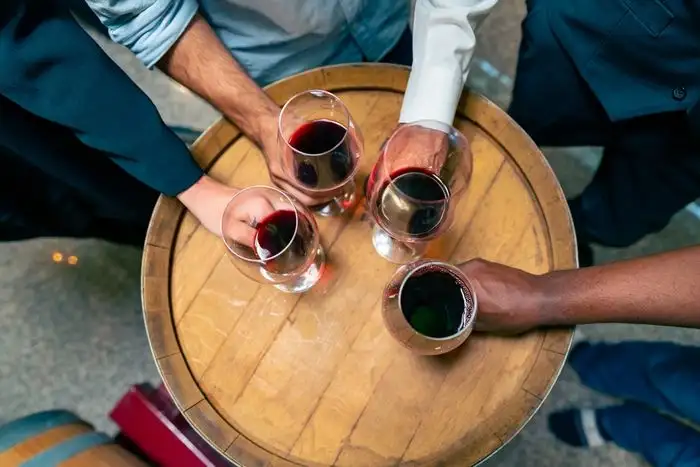single malt

Single Malt Whisky is a type of whisky that is produced at a single distillery using malted barley as the main ingredient. It is distilled in copper pot stills and aged in oak barrels for a minimum of three years. The production process ensures that each bottle encapsulates the unique characteristics of its origin, making it a favorite among whisky enthusiasts. Single malt whiskies can vary significantly in flavor, aroma, and texture, influenced by factors such as the region of production, the type of barrels used, and the distillation techniques employed. Scotland is renowned for its single malt whisky, with distinct regions each offering specific flavor profiles. The six primary whisky-producing regions are: Discover the Exquisite World of Single Malt Whisky
What is Single Malt Whisky?
The Regional Diversity of Single Malt Whisky
The Art of Whisky Tasting
Engaging in a single malt whisky tasting is an art that can enhance your appreciation for its nuances. To fully enjoy the experience, consider the following steps:
Choosing the Right Single Malt Whisky
Selecting a single malt whisky can be a delightful endeavor, given the myriad options available. Here are some tips to help you find the right one for your taste:
Elevate Your Taste Experience
Food Pairings with Single Malt Whisky
Pairing food with single malt whisky can enhance both the meal and the drink, creating a harmonious balance. Consider these pairings:
The Role of Water in Single Malt Whisky
Water plays a critical role in the world of single malt whisky, influencing its production and enjoyment. Here are several important aspects:
Storing Your Single Malt Whisky
Proper storage of single malt whisky ensures its quality and preserves its characteristics. Keep these tips in mind:
Purchasing Single Malt Whisky
When buying single malt whisky, here are some factors to consider:
FAQ
What is the difference between single malt and blended whisky?
Single malt whisky is made from malted barley at a single distillery and contains no other types of whisky. In contrast, blended whisky combines malt whisky with grain whisky from multiple distilleries, resulting in a different flavor profile.
How should I drink single malt whisky?
Single malt whisky can be enjoyed neat, with a splash of water, or on the rocks. Each method enhances different aspects of the whisky, allowing you to find your preferred way of enjoying it.
Why choose single malt whisky?
Choosing single malt whisky allows you to explore distinct flavors tied to specific regions and distilleries, with a focus on quality and traditional craftsmanship that offers a unique tasting experience.